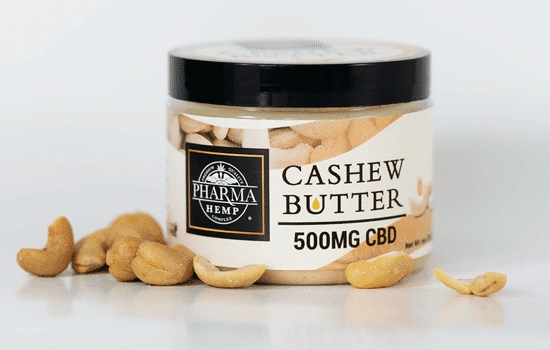Our Video!
Empower Your Wellness Journey

Why Choose Us?
Quality You Can Trust
Science-Backed Formulas

Commitment to Your Health
Community and Support
Our Supplements
Healthier Human Supplements
General Health and Wellness
Nurture your body and mind with our comprehensive range of supplements designed to support overall well-being. From essential vitamins and minerals to adaptogens and immune boosters, find everything you need to maintain a balanced, healthy lifestyle.
Weight Loss
Achieve your weight loss goals with our effective, natural supplements. Formulated to support fat burning, metabolism, and appetite control, our weight loss products help you stay on track and feel your best.
Detox
Cleanse and rejuvenate your body with our detox supplements. Our carefully crafted formulas aid in eliminating toxins, supporting digestive health, and promoting a healthier, more vibrant you.
Women’s Health
Discover targeted solutions for women’s health, from hormonal balance and reproductive health to skin and hair care. Our supplements are designed to support the unique needs of women at every stage of life.
Hair, Skin & Beauty
Glow from the inside out with our beauty-boosting supplements. Promote healthy hair, radiant skin, and strong nails with our range of collagen, biotin, and antioxidant-rich products.
Men’s Health
Support your strength, vitality, and overall health with our men’s health supplements. From testosterone boosters to prostate health, find everything you need to maintain peak performance.
Sports Nutrition
Elevate your fitness game with our sports nutrition products. Boost your energy, enhance muscle growth, and speed up recovery with our premium protein powders, BCAAs, and pre-workout supplements.
Nootropics
Sharpen your mind and enhance your cognitive function with our nootropic supplements. Improve focus, memory, and mental clarity with our scientifically formulated brain boosters.
Gummies
Enjoy your daily dose of wellness with our delicious and convenient gummy supplements. From multivitamins to immune support, our gummies make staying healthy a treat.
Green & Red Superfoods
Power up your nutrition with our superfood blends. Packed with antioxidants, vitamins, and minerals, our green and red superfoods are a tasty and convenient way to boost your health.
Custom Formulas
Experience the benefits of our in-house custom formulas. Developed with the latest scientific research, our custom supplements offer unique solutions for your specific health needs.
Trending Supplements
Stay ahead of the health curve with our trending supplements. Discover the latest in wellness innovation and find new products to enhance your health journey.
CBD Products
Relax and rejuvenate with our high-quality CBD products. From oils and capsules to creams and gummies, our CBD range supports stress relief, muscle recovery, and overall well-being.









